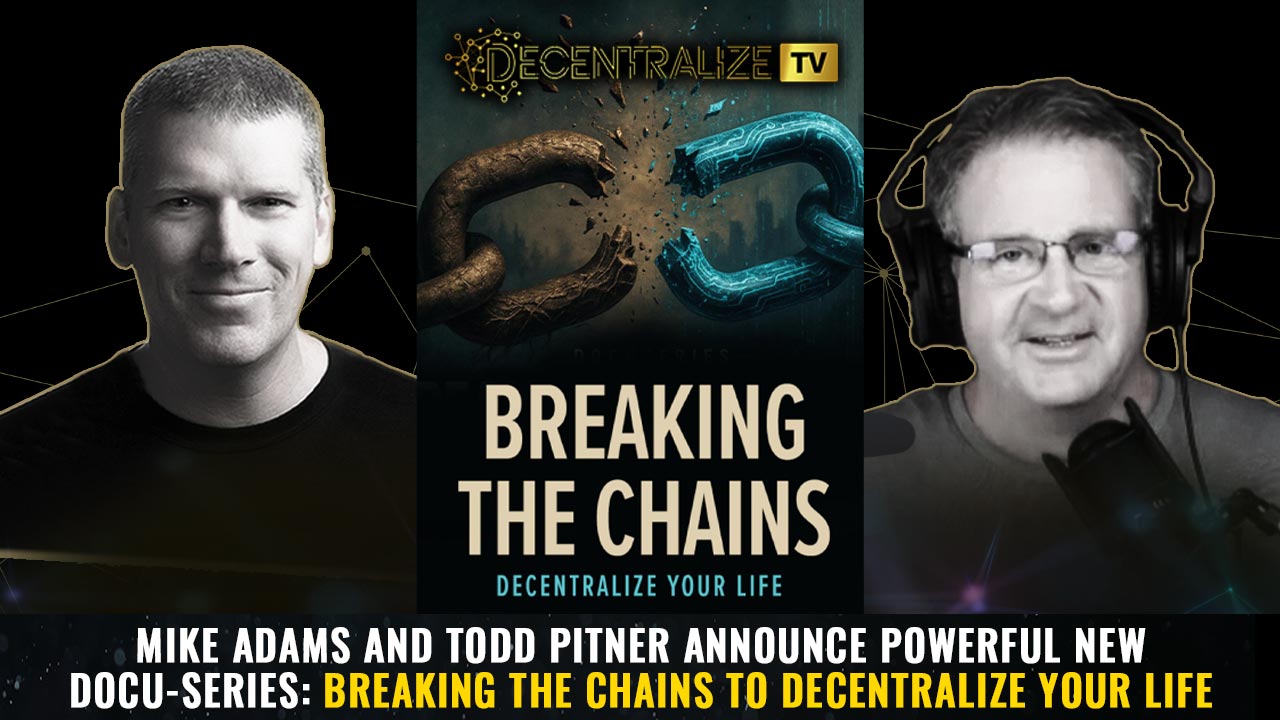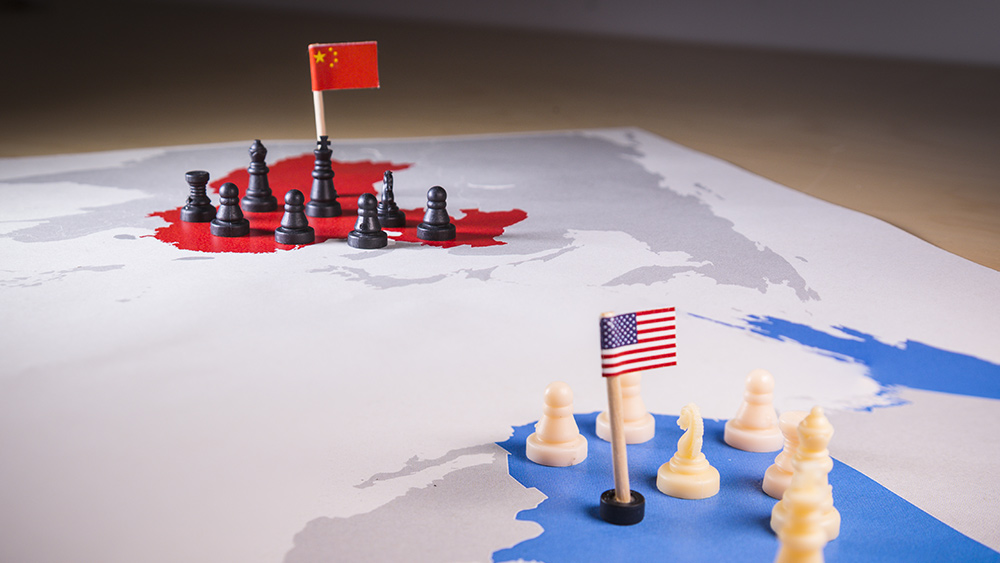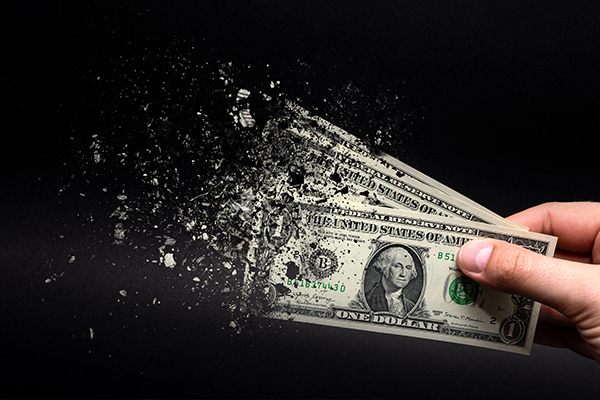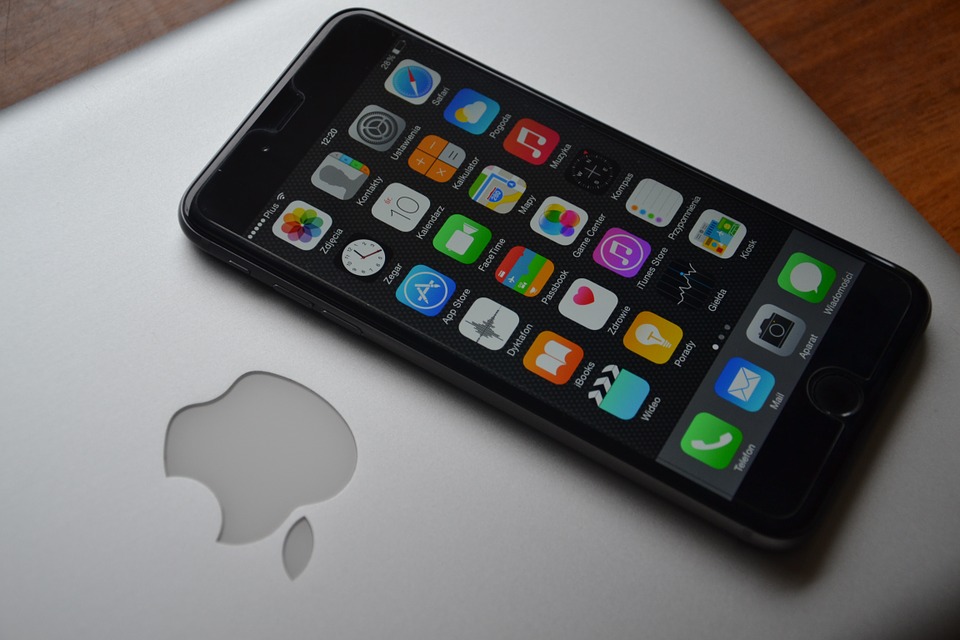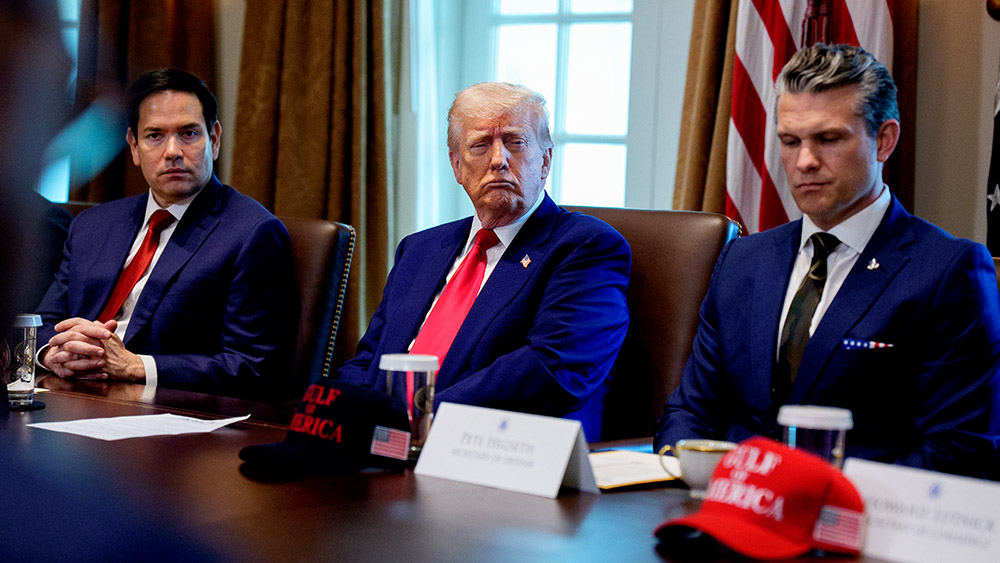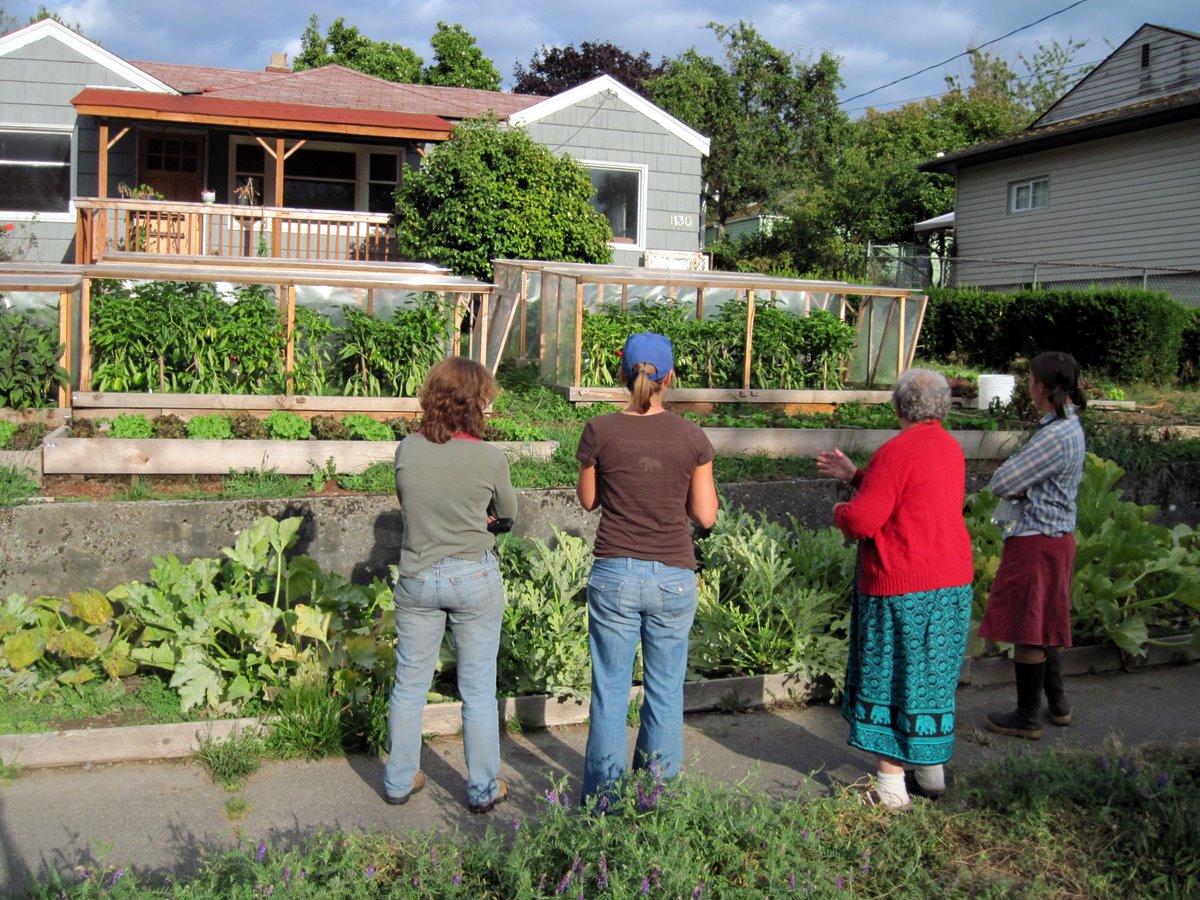 Parler
Parler Gab
Gab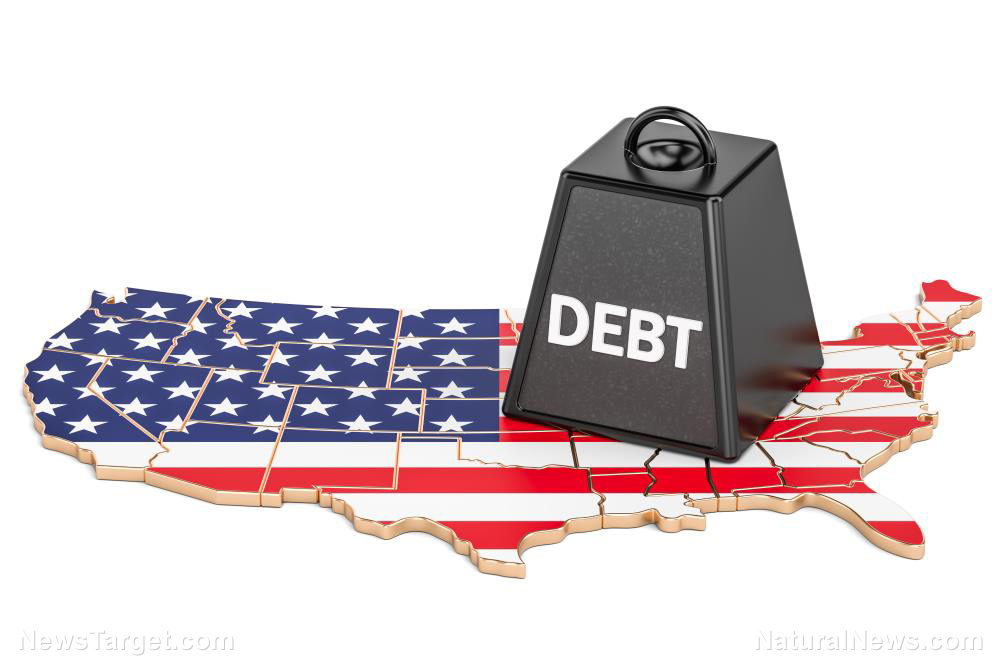
- A significant shift is occurring in the use of BNPL services, with 25% of users now utilizing them for grocery purchases, a sharp rise from 14% in 2024. This trend is even more pronounced among Gen Z, with 33% opting for BNPL for groceries.
- BNPL, initially popular for luxury items, is now increasingly used for everyday essentials like groceries and food delivery. This change is driven by rising prices and economic uncertainty, as consumers seek flexible payment options.
- The survey of 2,000 American adults reveals that 41% of BNPL users made late payments in the past year, up from 34% the previous year. Additionally, 23% of users have three or more active loans simultaneously, indicating a potential for financial strain and overspending.
- The rise in BNPL usage for groceries is linked to economic concerns, with about half of Americans expressing worry about a potential recession. BNPL is seen as a way to bridge the gap to the next paycheck, especially as inflation and high interest rates erode purchasing power.
- While BNPL offers a convenient way to manage cash flow, it carries risks such as late fees and the potential for overspending. The future of BNPL will depend on how well consumers manage these loans and whether economic conditions improve. Experts emphasize the importance of using BNPL responsibly and understanding its implications for financial stability.
The rise of BNPL for essential purchases
The use of BNPL services for groceries is part of a broader shift in how Americans are managing their finances. Initially popular for luxury items and big-ticket purchases, BNPL has increasingly become a tool for financing everyday essentials. This change is driven by rising prices and economic uncertainty, prompting consumers to seek flexible payment options. Matt Schulz, Lending Tree's chief consumer finance analyst, noted the shift in BNPL usage. "When buy-now, pay-later started, it was typically about designer handbags and appliances and things like that," Schulz told Fortune. "But now people are looking at it for things like groceries and food delivery."The growing popularity of BNPL
The Lending Tree survey, conducted among 2,000 American adults, highlights several key trends:- Increased usage for groceries: 25% of BNPL users have used the service for groceries, up from 14% in 2024. This figure is even higher among Gen Z users, with 33% using BNPL for grocery purchases.
- High late payment rates: 41% of BNPL users reported making a late payment in the past year, up from 34% the previous year. Despite this, 76% of late payers were only a week or less behind on their payments.
- Multiple loans: Nearly one in four BNPL users (23%) have had three or more active loans at once. High-income earners and younger generations are more likely to hold multiple loans simultaneously.
- Perception of BNPL as a bridge: 33% of users view BNPL as a way to bridge the gap to their next paycheck, a figure that has been steadily increasing over the past few years.
Economic pressures and BNPL
The rise in BNPL usage for groceries coincides with growing concerns about the economy. The Associated Press–NORC Center for Public Affairs Research found that about half of Americans are "extremely" or "very" concerned about the possibility of a recession in the next few months. This anxiety is compounded by persistent inflation and high interest rates, which have eroded purchasing power and increased the cost of borrowing. Schulz explained the connection between economic uncertainty and BNPL usage. "It's pretty clear that as people struggle with inflation and other kinds of economic uncertainty, people are looking to things like BNPL loans to help them extend their budget," he said.The risks of BNPL
While BNPL offers a convenient way to manage cash flow, it also carries significant risks. The ease of accessing these loans can lead to overspending, and the potential for late fees can exacerbate financial difficulties. Additionally, many users mistakenly believe that making on-time payments on BNPL loans will improve their credit scores, when in fact, most BNPL services do not report payments to credit bureaus. Schulz emphasized the importance of caution. "It's just really important for people to be cautious when they use these things," he said. "Even though they can be a really good interest-free tool to help you kind of make it from one paycheck to the next, there's also a lot of risk in mismanaging it."The future of BNPL
Despite the risks, the popularity of BNPL is expected to continue growing. Schulz predicts that the trend will persist as long as economic conditions remain uncertain. "I don't think there's any reason to believe that this is going to do anything but increase," he said. The rise of BNPL for groceries and other essential purchases reflects a broader shift in consumer behavior. As Americans grapple with economic uncertainty, they are increasingly turning to alternative financial tools to manage their budgets. However, the long-term implications of this trend remain to be seen.A double-edged sword
The growing reliance on BNPL for groceries is a double-edged sword. While it offers a temporary solution for those struggling to afford essentials, it also poses significant financial risks. As more Americans turn to these services, it is crucial for consumers to understand the potential pitfalls and use BNPL responsibly. The future of BNPL will likely be shaped by how well consumers manage these loans and whether the economy improves in the coming months. Sources for this article include: TheWinePress.Substack.com LendingTree.com Finance.yahoo.com CNBC.comU.S. and China edge toward trade talks, but sticking points remain
By Ava Grace // Share
Apple to shift iPhone production to India by 2026 amid U.S.-China trade war
By Willow Tohi // Share
Trump’s defense of tariffs as economic strategy sparks debate over trade and consumer impact
By Willow Tohi // Share
Prepping on a budget: 8 Recession-proof projects to start on your homestead
By Zoey Sky // Share
Governments continue to obscure COVID-19 vaccine data amid rising concerns over excess deaths
By patricklewis // Share
Tech giant Microsoft backs EXTINCTION with its support of carbon capture programs
By ramontomeydw // Share
Germany to resume arms exports to Israel despite repeated ceasefire violations
By isabelle // Share
